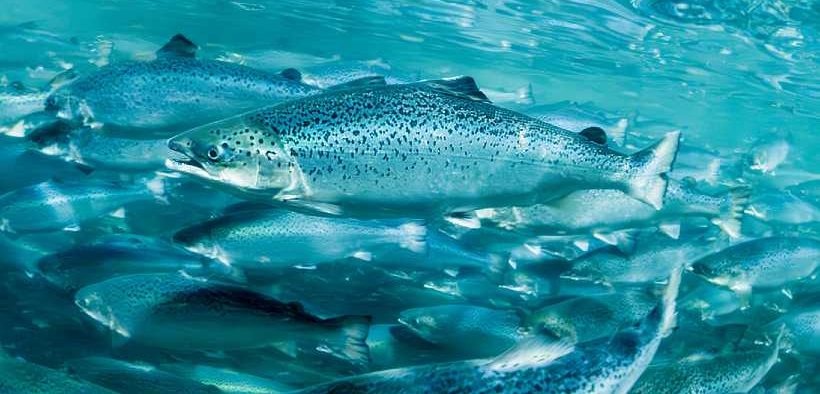News

Optimal Temperature Threshold of Atlantic Salmon Determined with Heart Rate
In a recent study, researchers from Dalhousie University and Innovasea implanted Atlantic Salmon (Salmo salar) with Star-Oddi DST centi-HRT ACT and Innovasea ADST (V13AP) tags in a commercial sea cage (Cooke Aquaculture) in Nova Scotia. Over a period of 245 days, the tags recorded heart rate, temperature, activity (external acceleration), and depth to explore the effects of thermal response of Atlantic salmon during a standard production cycle.Data was capturing data through both summer and winter extremes that are known to lead to thermal stress events.
High condition factor in tagged fish
The cage had a low stocking density of 8,000 conspecifics. The tagging was conducted on July 30th, 2021, and the fish were harvested on July 26th, 2022. Fourteen fish were implanted, and all survived until the experimental period ended on March 31st, 2022, when the acoustic tags and HRT-ACT loggers ceased recording. Seven fish were retrieved at the production line. Their average weight was 4 kg at tagging and 7.46 kg at harvest. Six out of seven fish had an excellent condition factor (K > 1.6) at harvest, while one fish had a poor condition factor (1.0 > K > 1.2).
Optimal temperature threshold determined with two methods
The optimal temperature threshold (TOpt), the temperature at which aerobic scope is maximized, was determined using two methods. The first method used the difference between daily maximum and daily average heart rates, resulting in a TOpt of 12.7°C. The second method employed Arrhenius breakpoint calculations, which also indicated a TOpt of 12.7 °C.
Seasonal variations and thermal stress detected
Throughout the study, temperatures above 19°C and below 2°C were recorded. The highest daily fish body temperature was 18.5°C on September 26th, while the lowest daily average fish body temperature was 1.9°C on February 1st. The average daily heart rate showed more variation than the temperature but followed a similar pattern. The maximum daily heart rate was 71 bpm on August 29th, and the minimum daily heart rate was 19 bpm on February 1st. The highest hourly average heart rate was 80.78 bpm at 17.9°C, and the lowest was 14.89 bpm at 4°C. Seasonal periodograms revealed 24-hour cycles of heart rate and external acceleration in summer, and 24-hour cycles of heart rate in winter. In winter, acceleration exhibited a dominant frequency of 3.9 days.

Implications for aquaculture
The authors suggested that using cardiac scope as a metric of thermal stress is effective for temperatures above 19°C and below 2°C, where the scope was significantly reduced. Identifying these thermal stress limits can help farmers select suitable farming locations to minimize climate change risks and make informed husbandry decisions, such as when to withhold feed.
The paper Influence of temperature on the behaviour and physiology of Atlantic Salmon (Salmo salar) on a commercial farm was published in the journal Aquaculture and can be accessed here.
